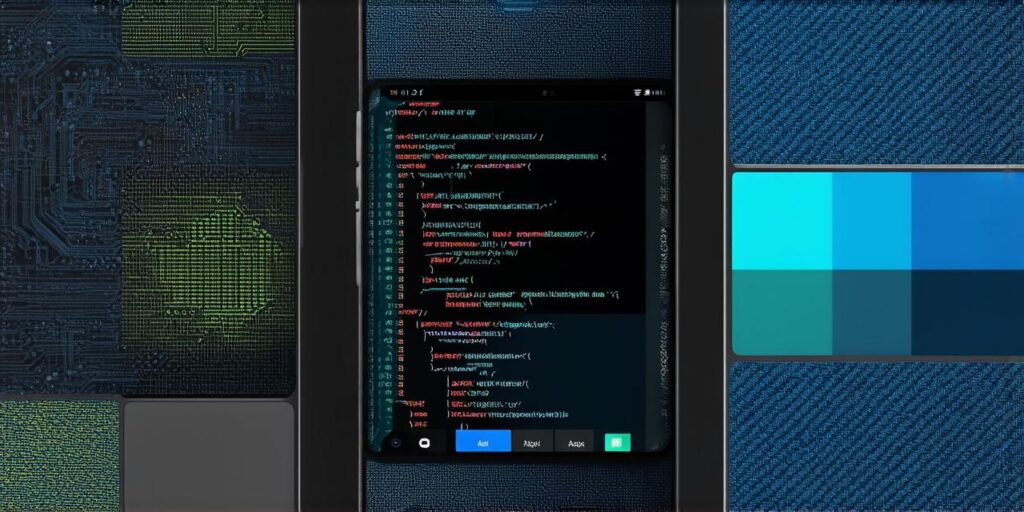When it comes to building mobile apps, there are several programming languages that developers can choose from. Each language has its own unique features and capabilities, making them suitable for different types of apps.
Java
Java is one of the most widely used programming languages for building mobile apps, particularly for Android devices. It was developed by Sun Microsystems in 1995 and has since become an open-source language that is managed by Oracle.
One of the main benefits of using Java for mobile app development is its portability. Java code can run on any device that has a Java Virtual Machine (JVM) installed, regardless of the operating system. This means that developers can write code once and deploy it across multiple platforms, saving them time and effort.
Another advantage of Java is its large community of developers and extensive library of tools and frameworks. There are many resources available online for learning Java and building mobile apps, including tutorials, forums, and IDEs. Additionally, popular Java libraries like Android SDK and React Native can help speed up development and make it easier to create complex features.
However, one downside of using Java is its memory consumption. Java apps require more memory than other languages, which can lead to performance issues on devices with limited RAM. Additionally, Java code can be more verbose and difficult to read compared to other languages, making it harder for less experienced developers to work with.

Swift
Swift is a programming language developed by Apple in 2014 for building iOS, macOS, watchOS, and tvOS apps. It was designed to be fast, efficient, and easy to use, with a focus on safety and readability.
One of the key benefits of using Swift is its seamless integration with Apple’s development tools and ecosystem. Developers who are already familiar with Objective-C, Apple’s previous programming language, will find it easy to transition to Swift. Additionally, Swift has a modern syntax that makes it easier to write code and reduces the likelihood of bugs and errors.
Swift also offers excellent performance and memory management, making it well-suited for building complex and resource-intensive apps. It’s worth noting that Swift is only used for developing Apple apps, so developers who want to build cross-platform apps will need to learn another language as well.
Kotlin
Kotlin is a programming language developed by JetBrains in 2011 that is designed to be more concise and expressive than Java. It was created with the intention of improving the developer experience and reducing the amount of boilerplate code required for common tasks.
One of the main benefits of using Kotlin is its interoperability with Java. Developers can write code in either language and easily switch between them without needing to rewrite their entire app. Additionally, Kotlin offers many features that are not available in Java, such as null safety and extension functions, which can help reduce bugs and improve readability.
Kotlin also has a modern syntax that is more concise than Java’s, making it easier to write code and reducing the amount of time required for development. It’s worth noting that Kotlin is only used for developing Android apps, so developers who want to build cross-platform apps will need to learn another language as well.
Case Study: Uber
Uber is a mobile app that allows users to request and schedule rides from their smartphones. The app is built using a combination of Java and Swift, depending on the platform.
One of the main reasons Uber chose to use both Java and Swift is because it allowed them to leverage the strengths of each language. For example, Java’s portability and extensive library of tools and frameworks made



